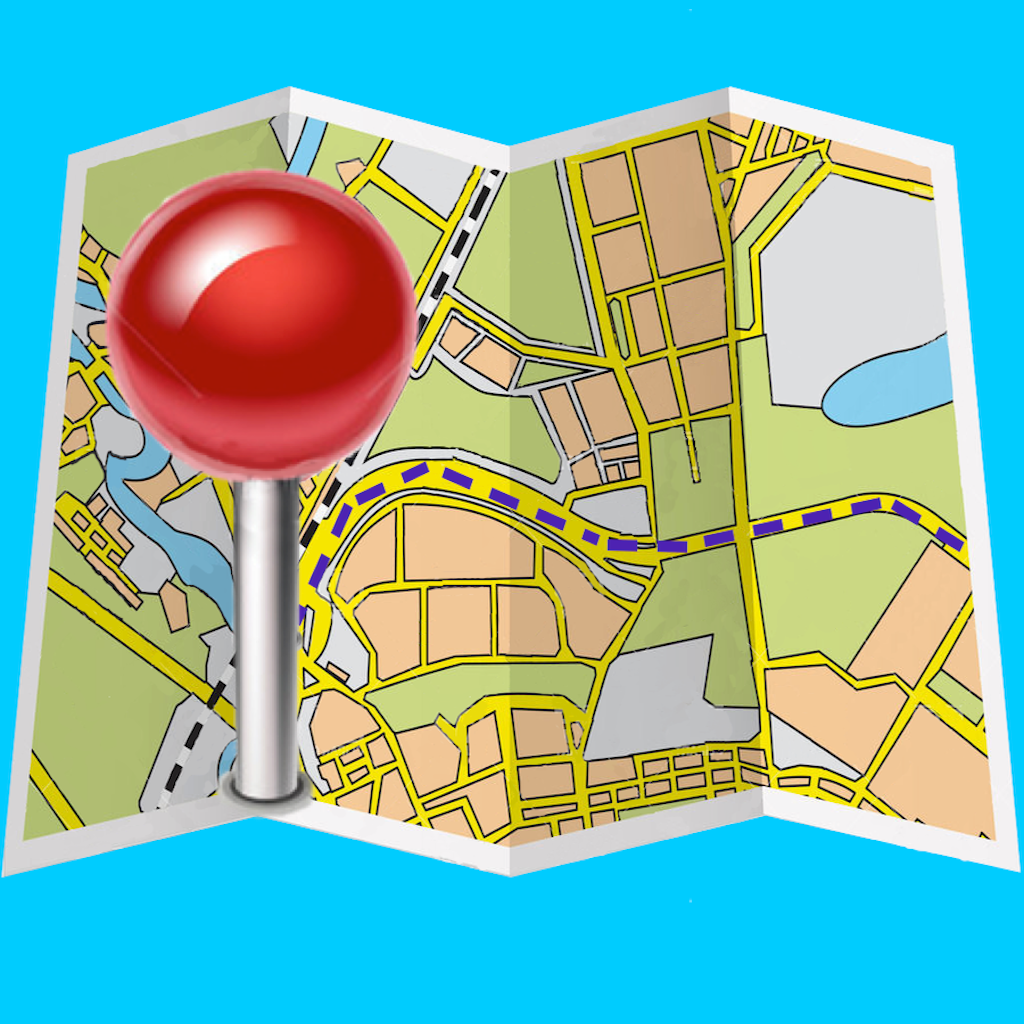

The 1,000 feature limit does not apply if the file you add to the map viewer contains latitude and longitude information.(Only the first 250 rows of features are displayed if you are not signed in to the portal.) You can add a larger number of features to your map by publishing the CSV as a hosted feature layer and adding the hosted feature layer to the map viewer. If your file contains addresses, the first 1,000 rows of features are displayed.Order and case does not matter (for example, you could have 519 East 86 Street, New York, NY, 10028 or new york,10028,519 east 86 street,ny.Remove some spaces in the field names and try adding the file again. The map viewer may not be able to create a layer from the text file if the file contains more spaces than separators in the field names (the first line of the file).Latitude and longitude information needs to be in decimal degrees.Fields can be separated with a comma, semicolon, or tab.The address field can contain multiple parts of an address (sometimes called single-line geocoding).
CROME GPX VIEWER CODE
For example, address and ZIP Code will yield better results than just address.

The file needs to include at least one pair of coordinate fields or one or more address fields. csv) that include latitude and longitude or address information. txt) or comma-separated values text file (.

You can add features from a delimited text file (. For example, you can configure pop-ups, change symbols, set the visibility range, enable editing, and remove pop-ups. Once you've added your feature file to the map, you can edit the properties of the layer that is created. The map viewer adds the location information, draws features on the map for each item in the file, and stores the information in the map as a layer. You can add features to your map that are stored in a delimited text file (.


 0 kommentar(er)
0 kommentar(er)
